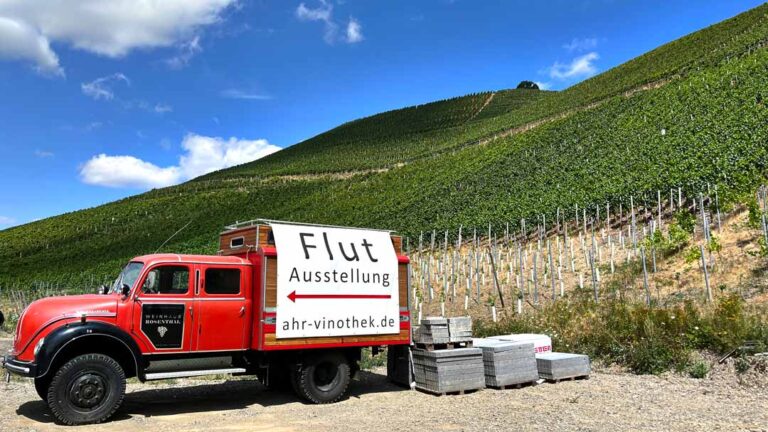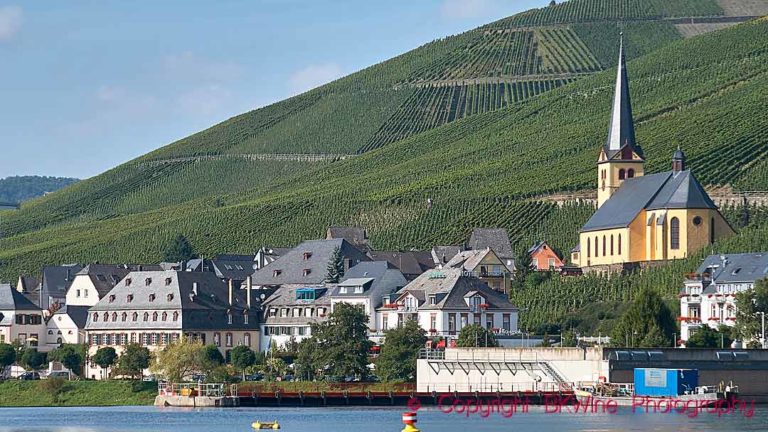On sweet and semi-sweet wines from Alsace
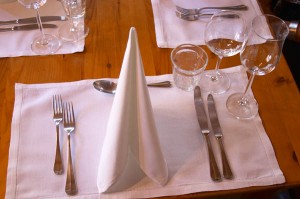
During Christmas and New Year there are often many opportunities to drink a sweet or semi-sweet wine.
They go, for instance, extraordinarily well with foie gras and blue cheeses like the English Stilton or the French Roquefort.
A Sauternes with a foie gras de canard (duck liver) is a classic combination. Would you rather try something else then you should take a look at what Alsace has to offer.
It can sometimes be difficult to navigate to the right choices in Alsace. We give you a short introduction and some advice on how to best enjoy the swemi-sweet and sweet wines.
Is it dry or sweet? Maybe.
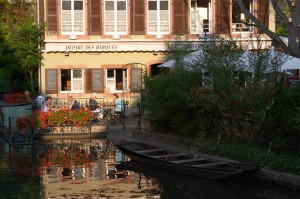
Alsace, in the north-eastern corner of France, is often compared with Germany and many people say that the big difference between the wines is that German wines are sweet and Alsatian wines are dry. This is true up to a point but things are a little bit more complicated nowadays.
The German wines are getting drier and drier and the Alsatian wines often keep some residual sugar. Most producers do not mention this on the label which makes it a bit tricky for the consumer. If you don’t know the style of the producer you don’t know what to expect when you open a bottle of riesling or pinot gris. And even if you know the producer you cannot be sure because you have to know the style of the vintage as well! Producers do not think this as a problem. The residual sugar, they say, is balanced by the high acidity. That is often true, but not always.
It’s actually quite hard to find a totally dry pinot gris, but that is fine if you plan to drink the wine with a foie gras or roquefort. Many regular pinot gris have around 10 grams of residual sugar which is not so sweet but just right if you serve it with a foie gras as a starter. A very sweet wine can be a bit heavy at the beginning of a meal.
Continued below
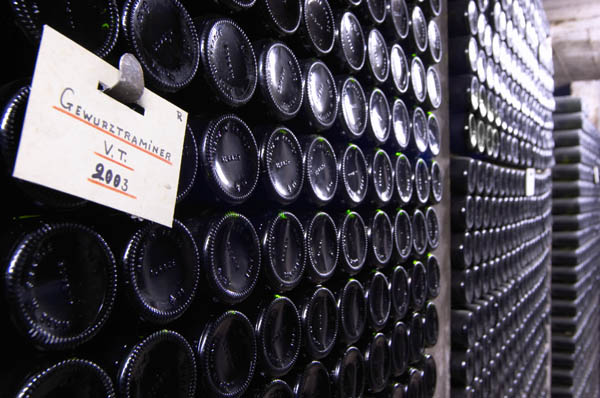
More sweetness: vendage tardive and séléction des grains nobles
Alsace has also its late harvest wines. One category is called “vendange tardive,” and another one “selection de grains nobles” (selected noble grapes).
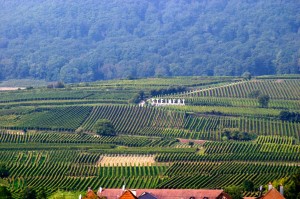
Vendange tardive is exactly what the name says: late harvested grapes that have obtained higher sugar content. A vendange tardive must, according to the rules, be made from riesling, gewurztraminer, pinot gris or muscat. The law stipulates a potential alcohol content of 13.1% for riesling and muscat and at least 14.4% for gewürztraminer and pinot gris. However, higher sugar content is the rule rather than the exception among the better producers.
INAO (Institut national de l’origine et de la qualité) strictly controls the sugar content but not the harvest date. Some years, sufficiently high sugar content, according to the rules, is reached early, when the normal harvest takes place. However, it is important that the grapes are really harvested late, because the chemical compositions of the grapes change when they are left longer on the vine. And this gives a special character to the wine. Some vendange tardive wines are left to ferment until they are completely dry, but most of them have a small residual sweetness left.
Continued below
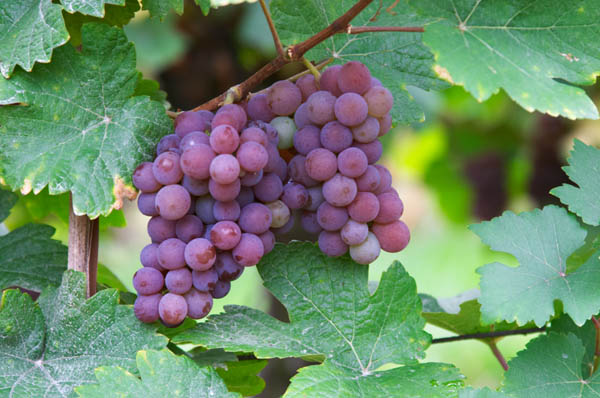
A rarity
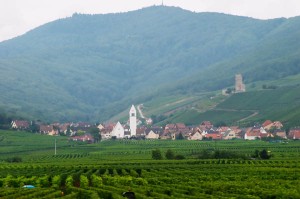
The much sweeter selection de grains nobles (SGN) is a rarity. An SGN is rich and smooth without being heavy and you still feel some of the freshness and aromas from the grapes.
It is not made every year, and when the weather conditions are favourable it is made in very small quantities. The grapes are harvested late and are also infected by noble rot, which means that the sugar content in the grapes is concentrated.
The minimum potential alcohol content is 15.2% for riesling and muscat and 16.6% for Gewürztraminer and Pinot Gris. In practice, however, those numbers are nearly always surpassed.
Continued below
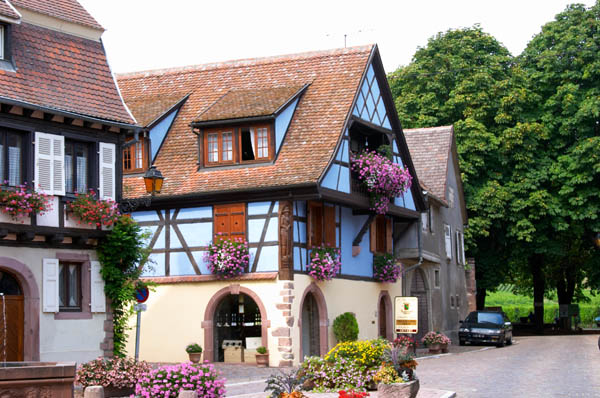
Residual sugar content in a SGN is usually around 100 grams per litre, roughly on par with a Sauternes of very good quality. Château d’Yquem is often at 130-140 grams. However, in Sauternes the rules are not so strict and simple, inexpensive Sauternes is not nearly as sweet.
A good rule to remember is that a high-quality sweet wine is never cheap.
So, what’s your favourite food combination with a sweet(ish) Alsace wine?
[box type=”info”]Interested in a wine tour to Alsace? Contact us to discuss wine travel ideas in Alsace wine country with BKWine Tours![/box]




